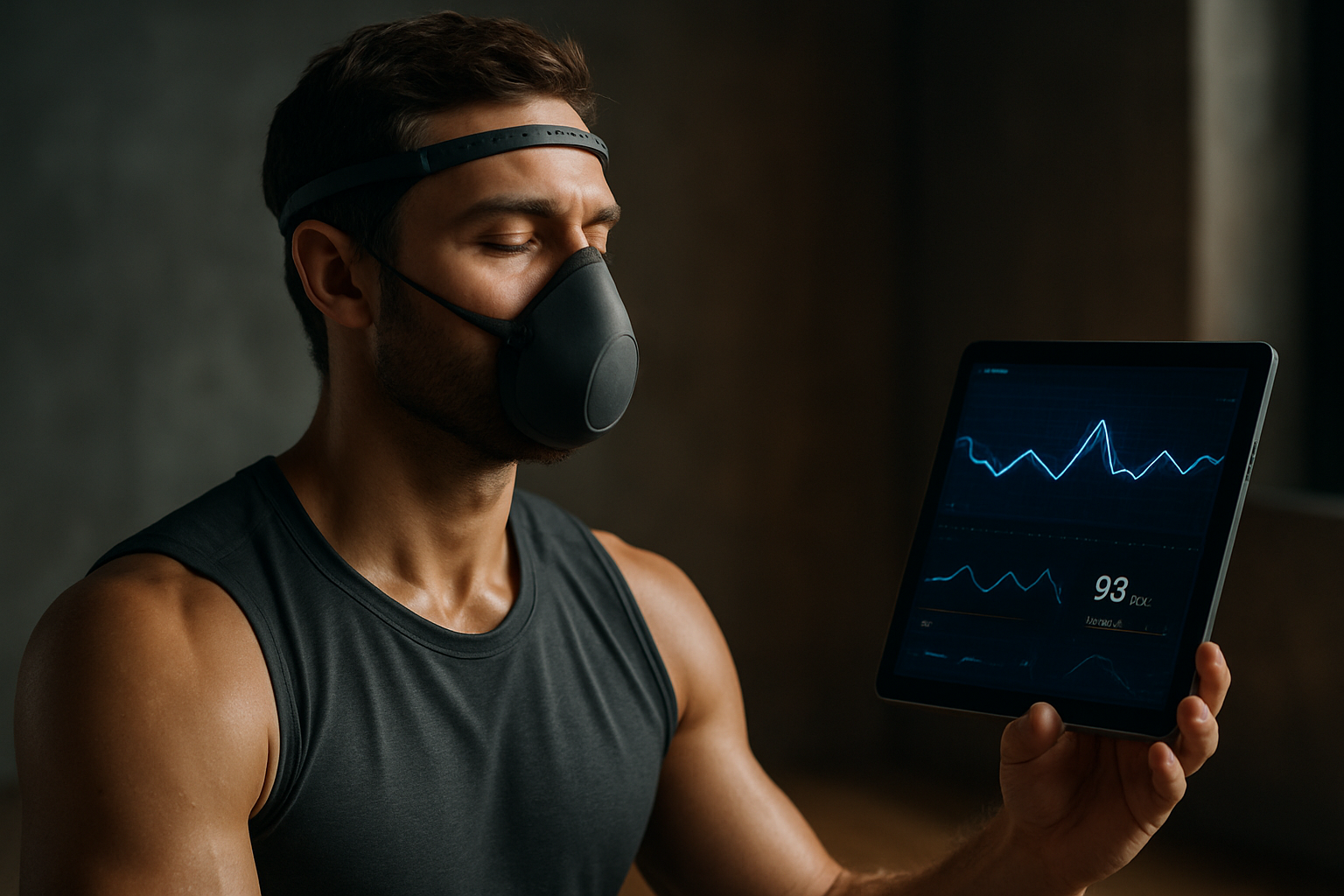Modern Recovery Protocols for Competitive Athletes
Effective recovery is an essential component of modern athletics programs. This article outlines contemporary protocols that balance physical rehabilitation, load management, and data-driven monitoring to support consistent performance across training cycles, competitions, and season-long strategies.

Recovery is now recognized as a planned and measurable phase of athletic development rather than an ad hoc response to fatigue. Competitive athletes and their support teams coordinate sleep, nutrition, active recovery, and targeted rehabilitation to preserve performance across events and reduce injury risk. Recovery plans are increasingly integrated into training cycles and competition schedules to maintain physiological readiness while allowing tactical adjustments for scouting, broadcasting demands, and season monetization strategies.
This article is for informational purposes only and should not be considered medical advice. Please consult a qualified healthcare professional for personalized guidance and treatment.
How do athletics programs use recovery?
Athletics programs structure recovery around training load, competition calendars, and individual athlete profiles. Periodization models build in microcycles and deload weeks where sessions focus on mobility, low-impact conditioning, and neuromuscular reset. Grassroots teams and elite programs both adapt protocols to available resources: community clubs may prioritize group recovery sessions and education, while professional squads implement individualized plans informed by physiologists and sports medicine staff. Communicating recovery goals across coaching, medical, and performance staff helps align on metrics that matter during events and the competitive season.
How is performance monitored during recovery?
Performance monitoring during recovery combines subjective reporting with objective metrics. Wellness questionnaires, session RPE (rate of perceived exertion), heart rate variability, and sleep quality are common measures. Wearable sensors and laboratory tests add strength and biochemical markers for more precise decisions. Monitoring supports scouting and selection by quantifying readiness for competition and helps broadcasting teams schedule athlete appearances without compromising health. Data privacy and ethical handling of performance data are important considerations when monetization or third-party sharing is involved.
What training adjustments aid recovery?
Training adjustments prioritize restoring capacity while minimizing reinjury risk. Strategies include modifying intensity, volume, and exercise selection—substituting high-impact work with pool sessions, cycling, or controlled resistance. Progressive exposure protocols guide return-to-play after injury, and cross-training maintains aerobic base without loading injured tissue. Strength and conditioning programs integrate eccentric control, load management, and targeted prehab to reduce recurrence. Coaches should align adjustments with competition demands and scouting reports to preserve tactical preparation while prioritizing long-term health.
What recovery methods reduce injury risk?
Evidence-based recovery methods include structured sleep hygiene, periodized nutrition (including protein timing and anti-inflammatory considerations), progressive mobilization, and neuromuscular control exercises. Modalities such as cryotherapy, compression, and contrast baths are used for transient symptom relief; their effectiveness varies by context and should supplement, not replace, active recovery and rehabilitation. Mental recovery—stress management and focused rest—also contributes to injury prevention by reducing fatigue-driven mistakes during competition and training.
How do analytics and wearable tech support recovery?
Analytics and wearable devices bridge practice and measurement, translating raw signals into actionable insights. GPS tracking, accelerometry, and physiological sensors quantify load, asymmetry, and movement quality; analytics platforms identify trends that prompt recovery interventions. Data supports scouting by highlighting players’ workload tolerance and durability, and it creates monetization avenues through performance content and licensing, though teams must balance revenue with athlete consent. Integration with broadcasting can enhance storytelling about athlete preparation while respecting privacy and medical integrity.
How do coaching, scouting, and competition strategies integrate recovery?
Coaching strategy increasingly embeds recovery into tactical planning: rotation schemes, substitution patterns, and training tapering are designed to optimize readiness for priority competitions. Scouting reports inform workload decisions by indicating opponents’ demands and travel logistics, while competition schedules influence periodization and travel-related recovery protocols. At grassroots and professional levels, alignment between coaches, medical teams, and operations helps manage travel, lodging, and practice timing to safeguard health and sustain performance throughout seasons.
Recovery protocols for competitive athletes are multidisciplinary, combining physiology, technology, and pragmatic coaching. Consistent monitoring, individualized plans, and communication across staff enable athletes to maintain performance while reducing injury risk. As analytics and wearable tools evolve, their role in guiding recovery will grow, but they should complement, not replace, sound clinical judgment and athlete-centered care.
Sources: None provided.




